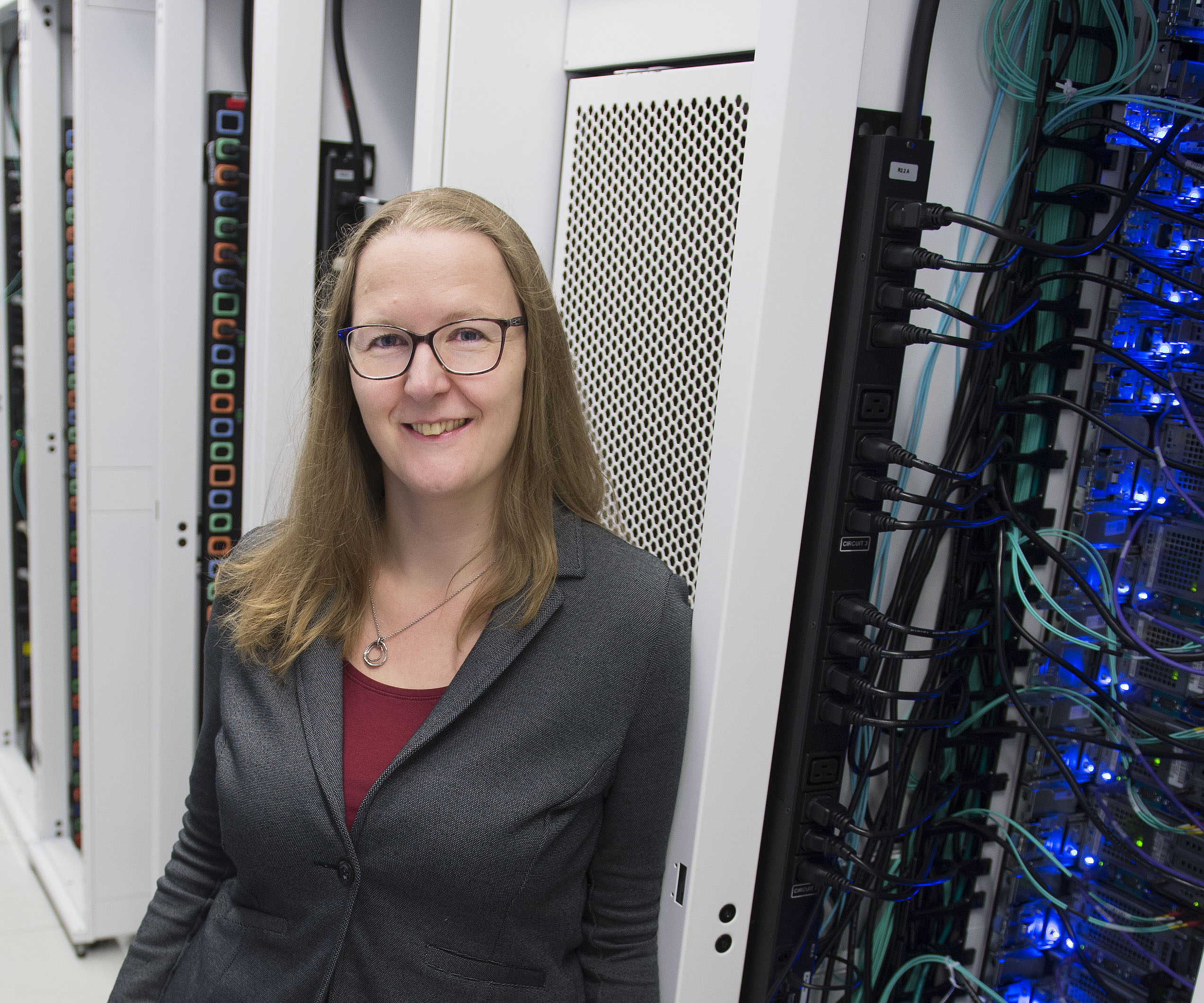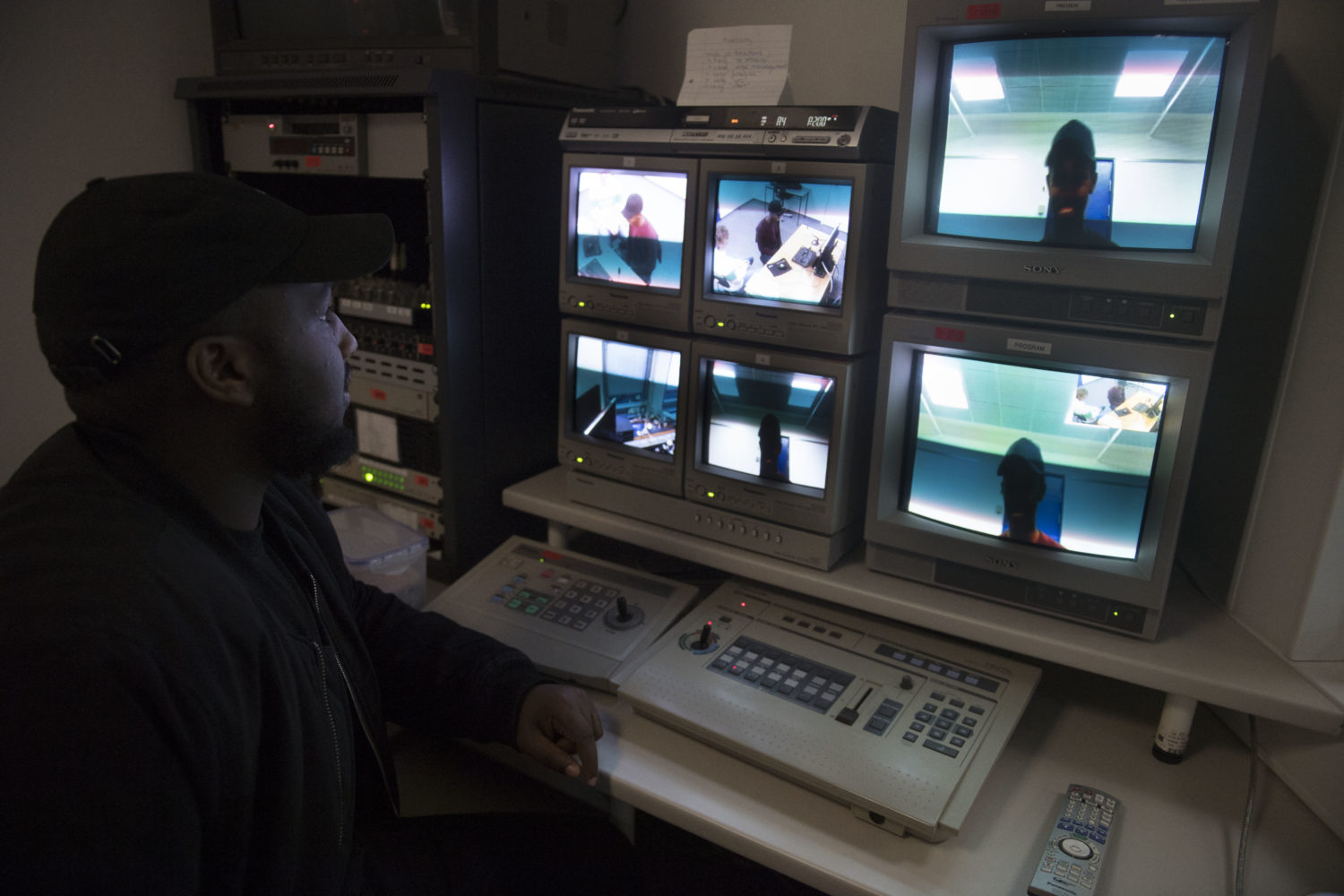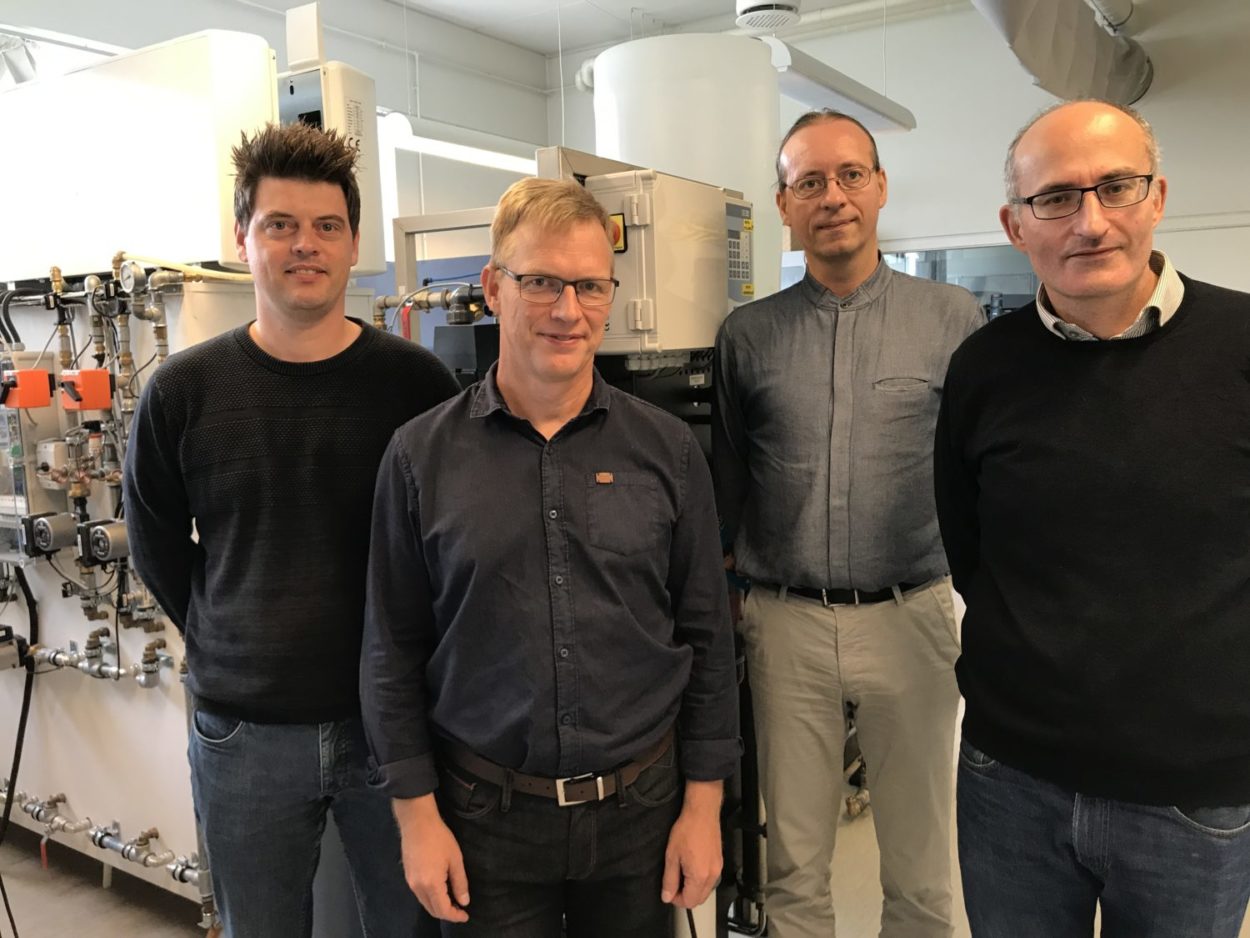The new research facility is co-funded by the Poul Due Jensen Foundation and will support Aarhus University’s 10-year ambition of joining the European elite within the technical fields. Having such a research group in Grundfos’ vicinity will undoubtedly be valuable to meet the challenges of digital disruption.
Wireless is a very dynamic area. Mobile phones were pioneered by Motorola. In 1989, General Electric marketed one of the first “miniaturised” mobile phones. It measured about 20 ´ 7 ´ 3 centimetres and weighed about one kilogram, but it was the first wireless revolution. It’s only a short while back, and today we don’t care about cables or look for a telephone booth anymore. The new wireless revolution is what we call the Internet of Things, the network of the networks, where every object has its own connection to the network,” explains Domenico Zito.
Scaling down to chip level
A transceiver (transmitter and receiver) allows an object to communicate wirelessly with the world. In the future, people and objects will be connected- and together they will produce a large amount of data.
“What we do is compress intelligence down to a chip scale. We also work to reduce the cost of adding intelligence, which is today 3-4 times the cost of the object itself. The new electronics must be ubiquitous and inexpensive,” says Domenico Zito.
The smart objects can make decisions autonomously, based on data and within the constraints we decide for them. Their ability to communicate may depend on highways for data flows. Moreover, the objects have to be diverse, because they will perform different tasks. Some objects will need to consume little energy, and some will consume more.
Disruption: towards a service-oriented business model
Some future challenges include reliability and security. It is not just a question of the technology itself, but how the technology will change business models. For instance, if a driverless car will pick you up every morning, what is the point of owning one yourself? The same goes for pumps.
Wireless is the enabling technology that will allow systems to deliver more and more complicated services. The new business models include after-sale services, and the new world will be dominated by services, not applications. Companies need to transform their business models to fit into the new reality.
“If you look at a pump, we can use wireless technology to monitor the operating conditions of a physical system and prevent damage. The human eye cannot see through optical barriers like a wall or the human skin, but electromagnetic waves can go through them, and are able to detect system failure and flag it before real damage is done! The pump will not be an isolated component, it’s part of a large distributed system, so imagine what you can do with cheaper and more advanced electronics,” says Domenico Zito.
Educating future generations
Domenico Zito’s arrival at Aarhus is part of a strategic move. Aarhus University is investing massively in building up the engineering science department over the next 10 years; this includes a strong focus on digitalisation, processing power, hyper-connectivity and artificial intelligence/big data. The other big areas are materials science and industrial biotech.
“We believe that if we become very strong, it will be of huge benefit for Denmark. We will be able to recruit more people like Domenico to support a setup where we develop and nurture engineers who have the skills to secure growth in the future. If they have the right skills, they will be able to help companies cope with digital disruption,” says Thomas Toftegaard, Head of the Department of Engineering at Aarhus University.
Today, Aarhus University has around 3,000 engineering students enrolled; eight hundred of these are in the field of electrical and computer engineering. These graduates are very valuable to the industry, and the ambition is to double the amount of students in this specific area.
After Domenico Zito finished his engineering degree in Italy, he worked in the industry before returning to the university as a researcher and teacher. He then set out to bring industry relevant skills into education programmes and to bridge the gap between universities and industry.
Domenico Zito will begin teaching in January 2017. The ambition is to have a new master’s degree programme ready by September 2017, followed by a bachelor’s degree programme. Simultaneously, a network of industry and business partners will be created to secure deep collaboration in the field.
Did you know?
– In 2005, Domenico Zito was acknowledged by the European Commission as the top innovator in wireless technology in Europe for his first miniaturised wireless transceiver including the antenna switch.
– Domenico Zito created an Ultra-Wide-Band radar, just a tiny bit bigger than a grain of sand, which can sense your respiratory rate using wireless technology, and implemented it on a single chip for the first time.
– Domenco Zito built a radiometer to sense electromagnetic radiation from a body. The human body spontaneously emits electromagnetic waves, which can be detected to identify hidden objects under clothes or monitor physiological parameters.
– Domenico Zito led a European Horizon 2020 research and innovation programme to measure the radiation emitted from solar flares. The technology will eventually be embedded into micro and mini satellites.




